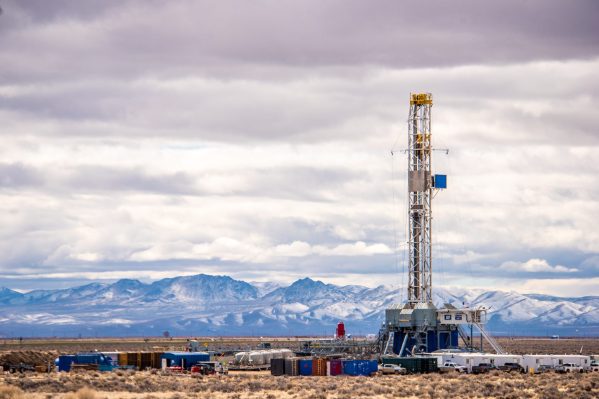ARTICLE AD

Hot on the heels of the successful completion of its grid-connected geothermal power plant in Nevada, Fervo Energy is raising $221 million, TechCrunch has exclusively learned.
The Houston-based company is one of several enhanced geothermal startups that are racing to tap heat deep in the Earth’s crust. Previous geothermal plants have only scratched the surface by accessing hot springs or shallower rock formations.
Fervo uses directional drilling techniques pioneered by the oil and gas industry to extend its wells far beyond their surface footprints. No surprise: The company’s executive team is packed with veterans of the sector.
Once those wells are drilled, Fervo then strings them with fiber optic cables connected to a range of sensors. Those sensors then feed data to teams on the surface, which use them to map subsurface heat patterns and monitor the performance of each well.
The startup has rung up a string of successes of late. Earlier this month, it reported that it had completed a horizontal well at a project in Utah in 21 days, a 70% reduction from the first well the company drilled in 2022, while also cutting the cost in half. At $21 million per well, it’s still not cheap, but the rate of advancement is ahead of the Department of Energy’s expectations, Fervo said.
Also this month, the company received a $25 million grant from the Department of Energy. It last raised a $138 million Series C in July 2022 at a $308 million valuation, according to PitchBook data. Previous investors include BHP Ventures, Breakthrough Energy Ventures, Congruent Ventures, DCVC, and Prelude Ventures. Early angel investors include Jeff Bezos, Richard Branson, Bill Gates and Masayoshi Son.
In November, Fervo connected the 3.5-megawatt Project Red power plant to the Nevada grid, the first of its kind. The electrons from the facility will power Google’s data centers in the state, and unlike many other renewable sources, will do so 24/7 as a so-called firm power source — no battery required.
Geothermal has the potential to provide up to 90 gigawatts of electricity in the U.S. annually by 2050, according to the Department of Energy. Proponents have touted the technology not only as a way to provide carbon-free power to the grid, but also as a way to employ oil and gas workers as oil demand tapers off.
Fervo did not reply to a request for comment at the time of publication.
Given the high cost of geothermal drilling, which has to contend with harder rock than that encountered by oil and gas rigs, it’s likely that Fervo will use its new proceeds to continue drilling more wells to improve its speed and drive down costs.

 8 months ago
46
8 months ago
46 

